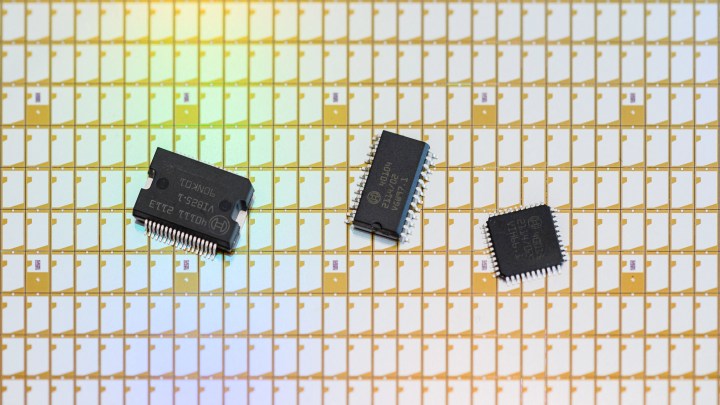
Could a recent scientific breakthrough in electric conductivity transform tech?
Could a recent scientific breakthrough in electric conductivity transform tech?

Update (Nov. 8, 2023): The journal Nature retracted the article on Nov. 7, 2023.
Update (Oct. 3, 2023): Eight of 11 co-authors of a paper about the discovery of a room-temperature superconductor have asked the journal Nature to retract the article, published in March. Ranga Dias, who led the research, told the Wall Street Journal that he stands by his work.
Have you ever touched an extension cord and noticed it’s warm? That’s because wires that carry electricity don’t do that perfectly — some of the electricity turns into what is often wasted heat.
There’s a technology that can mitigate the wasted energy problem: superconductors, which could help batteries could go longer and computers could run faster and cheaper. Utilizing superconductors is possible, but only if the system is very cold. In recent weeks, however, researchers at the University of Rochester in New York announced they had created a material capable of superconducting at room temperature.
According to Ranga Dias, a professor of mechanical engineering and physics who led the research, if the research pans out — which would take years to put to practical use — the scientific impact of ambient temperature superconducting would be up there with the light bulb or the wheel. He told “Marketplace Morning Report” host David Brancaccio about the research and the possible future of the technology.
The following is an edited transcript of their conversation.
David Brancaccio: Give me the, I don’t know, elevator pitch about why you chose to work in this area on a way to deliver superconductivity when you don’t have to cool things down to get it to work.
Ranga Dias: Superconductors were always a very fascinating research direction, because of the some of these remarkable properties that we can use to advance the technology that we’re using today. The impact that we can have for society is enormous. So I thought it was a cool problem to jump into.
Brancaccio: Do you think that in your lifetime, we will see superconductivity at ambient temperatures in use in the energy grid and in transport — that it will become part of our lives in your lifetime? Or is that still for another generation?
Dias: Definitely, during my lifetime, I think this will happen. Because the way the current process is going and that our understanding of these hydrogen-rich materials is working. It’s it’s difficult for me to imagine that we will not get there.
Brancaccio: A journal had to retract a previous article that came from your team. What do you say to people who are therefore, extra skeptical of this new work?
Dias: One thing I wanted to pointed out that the previous work was retracted based on the data analysis technique that we used, and has nothing to do with the data we presented or anything. So what we did was, we redid the experiment, reconfirmed it, and we have done this one outside our laboratory. So we did in Argonne National Lab, in front of live audience, other scientists were witnessing the superconducting transition, and they put together another, you know, the manuscript and then we sent it to the Nature journal. So that it’s under review now in Nature journal.
Brancaccio: I don’t know if you’ve noticed this, but we’re in the midst of the 75th anniversary of the invention of the transistor. That was an invention that also changed the world. So you know, here you are trying to move forward in this other area that potentially revolutionizes a lot in the way that the semiconductor revolution did.
Dias: I’d say, this is a you know, in the same level enough a paradigm shift. You can really go from a semiconducting industry to superconducting industry. This really sets the stage to revolutionize how electricity is transferred. And that has a major impact on how we can transmit and store energy. And you know, anything that we use in semiconductors can be replaced with the superconducting wires or nanoribbon. It may take time [for] people to see it and feel it, but I’m sure it will happen in coming decades.
There’s a lot happening in the world. Through it all, Marketplace is here for you.
You rely on Marketplace to break down the world’s events and tell you how it affects you in a fact-based, approachable way. We rely on your financial support to keep making that possible.
Your donation today powers the independent journalism that you rely on. For just $5/month, you can help sustain Marketplace so we can keep reporting on the things that matter to you.











